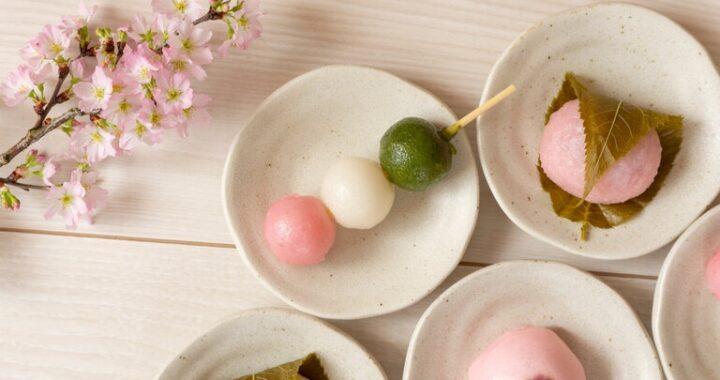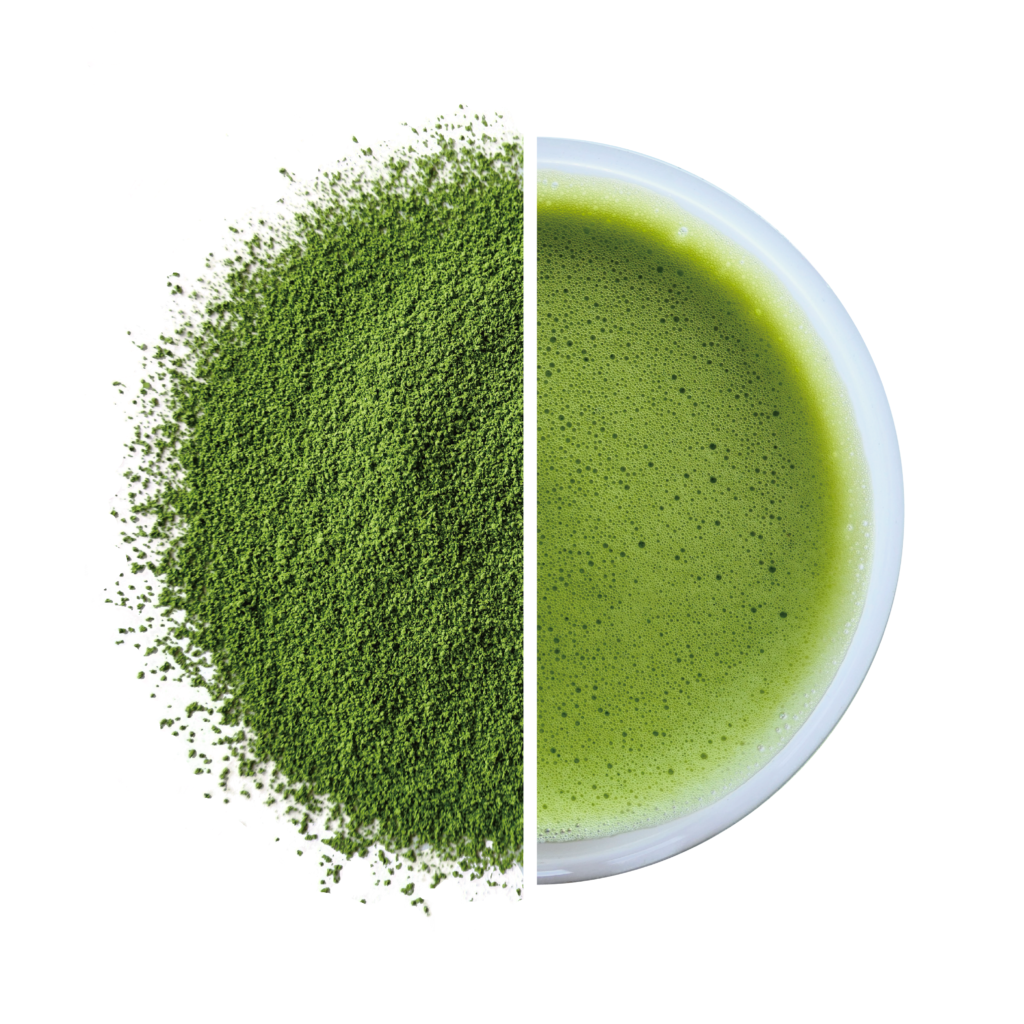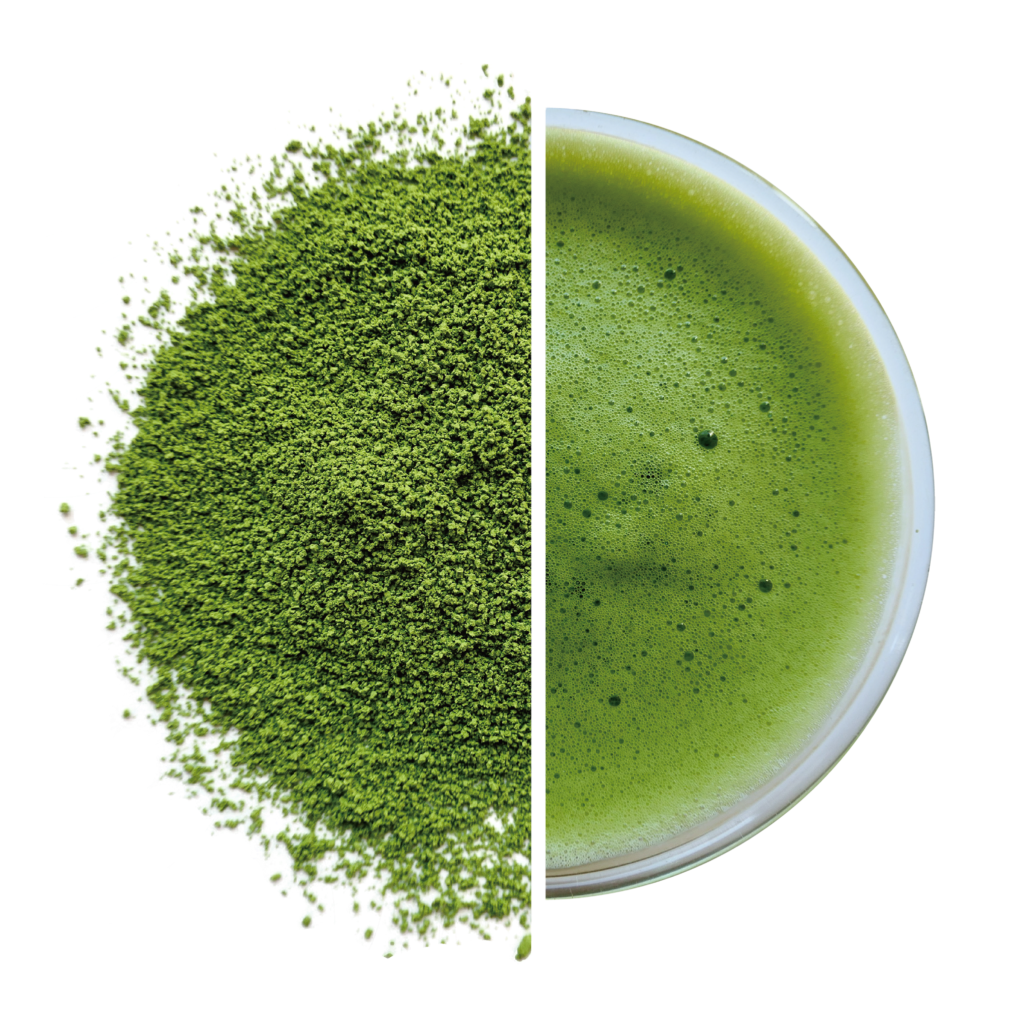In spring, Japan is steadily covered in a blanket of pink. From late March to early May, cherry blossoms decorate the landscapes of Japan as sakura trees burst into bloom across the country. As the sakura are only briefly in full bloom, they are celebrated for their beautiful reminder of impermanence and seasonal changes.
In Japan, spring is celebrated by bringing forth countless confections in the same pink shade as the delicate flowers and participating in hanami (花見), which refers to the enjoyment of cherry blossom viewing during springtime. The stunning sakura are enjoyed during picnics underneath the cherry trees, and sometimes the flowers are illuminated at night.
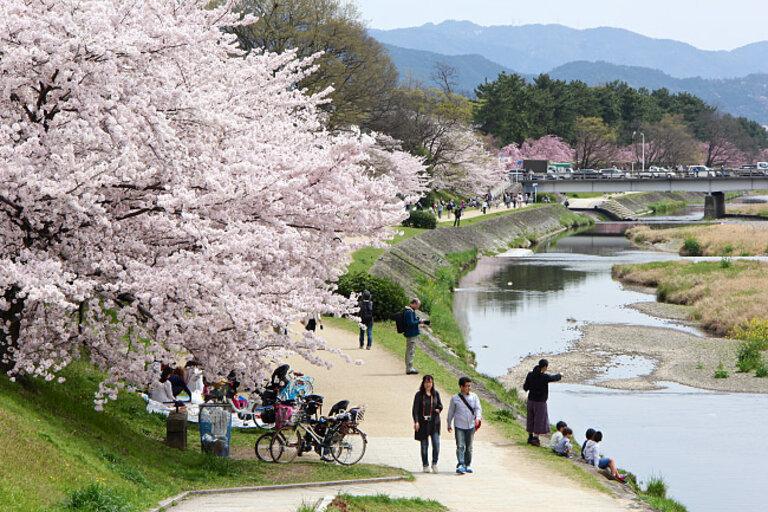
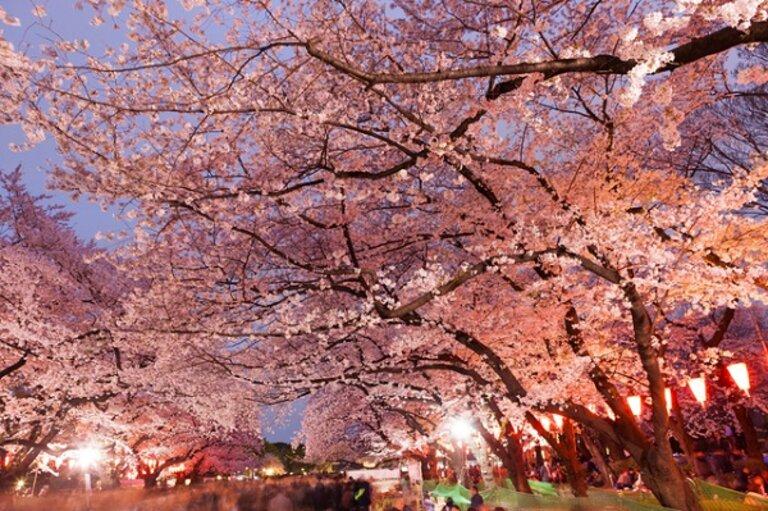
A famous sweet during this time is, maybe not surprisingly, hanami-dango (花見団子), which is chewy, skewed rice balls coloured pink, white and green. There are several possible symbolic meanings for these particular colours. Still, the explanation I enjoy the most is that pink represents the buds of the sakura, white the flowers, and green its young leaves.
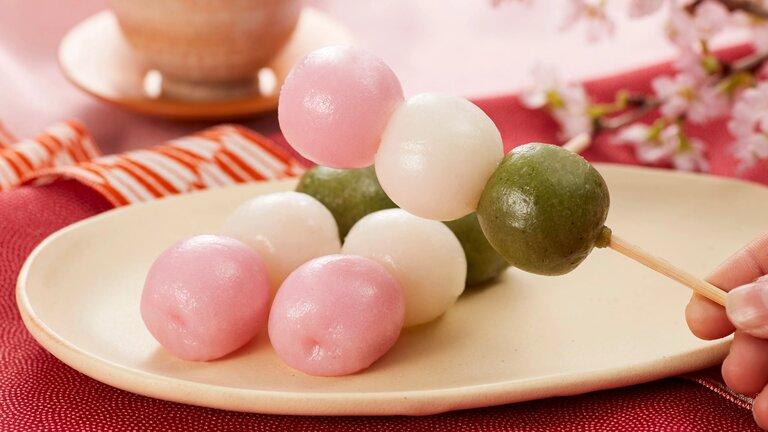
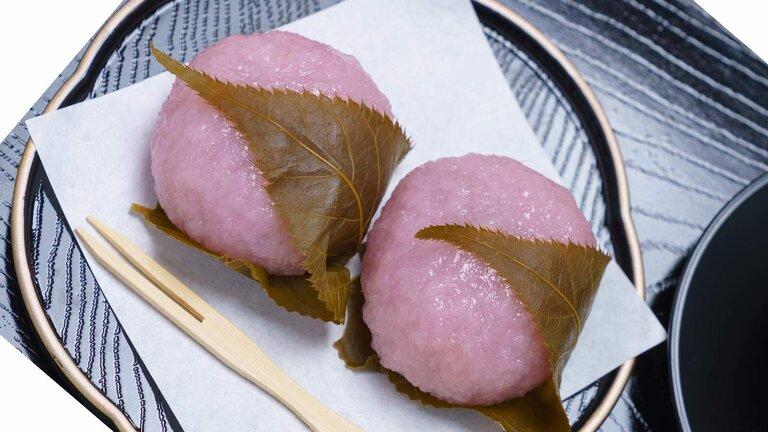
Another immediate spring wagashi that comes to mind would be sakura-mochi (桜餅). Sakura-mochi is a quintessential spring confection consisting of a chewy, light pink glutinous rice ball filled with a scrumptious sweet red bean paste delicately wrapped in an edible pickled cherry blossom leaf.
In addition to being a splendid time for wagashi, spring is the most anticipated season for tea harvesting! The first harvest of the year at Obubu takes place around May, and the soft green leaves that will be harvested at this time are tea leaves that are the freshest and most tender. At this time, the leaves also have the highest concentration of the components that make the tea flavorful and delicious.
Obubu’s Sencha of the Spring Sun is an obvious candidate for a tea pairing for the wagashi of spring. Its needle shape is iconic for Japanese sencha, and its bright flavour and aroma will undoubtedly pair wonderfully with sweets. Another sencha that screams spring is Obubu’s Natural Sakura Sencha, a stunning, high-quality sencha blended with dried leaves and flowers from Japanese cherry trees. In addition to being an excellent sencha, it has a fantastic floral aroma!

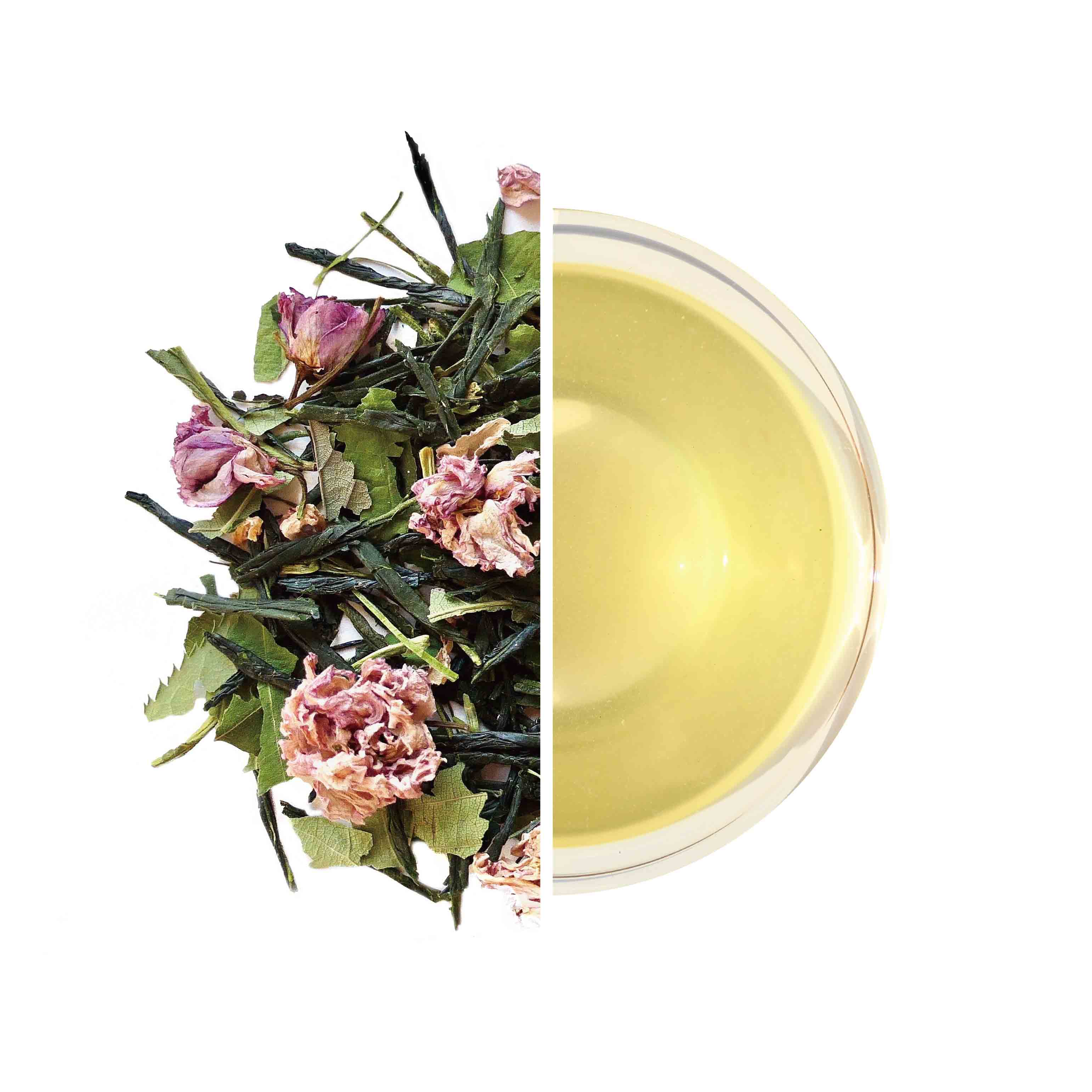
While most of the wagashi associated with spring has to do with sakura, there are also other messengers of this season. From March, you begin hearing the song of the uguisu, the Japanese bush warbler, as it announces the beginning of spring. This bird also had a type of wagashi made in its honour, the uguisu mochi (鶯餅). Uguisu-mochi is crafted with gyuhi, a kneaded rice flour combined with sugar or starch syrup. It features a sweetened red bean paste filling delicately wrapped in the gyuhi to resemble the bird’s appearance. Traditionally, it was decorated with a dusting of sweet soybean flour made from green beans, mimicking the uguisu’s colour. More recently, the gyuhi has instead been mixed with mugwort to achieve a green hue or dusted with sweet soybean flour to create a yellow-green-ish coating.
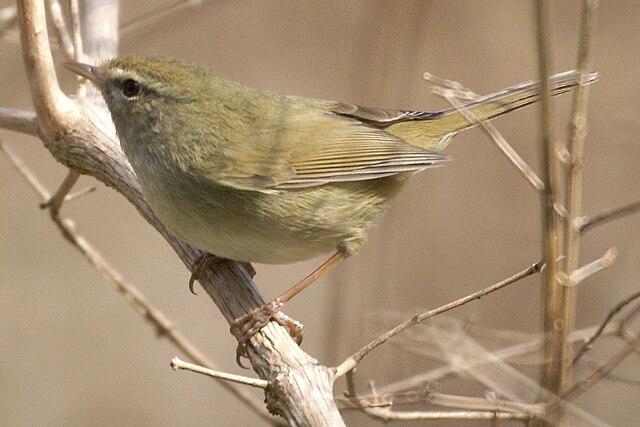

When pairing uguisu-mochi with tea, matcha’s delicate and earthy tastes perfectly balance the confection’s sweetness. Matcha’s vibrant green colour perfectly mimics the green foliage of early spring. While Okumidori Matcha has long been my favourite Obubu matcha, I have also developed a fondness for the creaminess of Gokou Matcha. Both will be marvellous in combination with Japanese sweets enjoyed sitting under the pink snow of falling sakura leaves.
Spring is such a wonderful time to enjoy various wagashi and teas, and I hope that everyone who finds themselves in Japan during spring has the chance to enjoy tasty treats underneath a blooming sakura tree.
References
Shun Gate (2018). Kisetsu to Deau: Haru no Wagashi [Encountering the Seasons: Spring Wagashi]. https://shun-gate.com/power/power_52/ (Accessed 1/3/2024).

